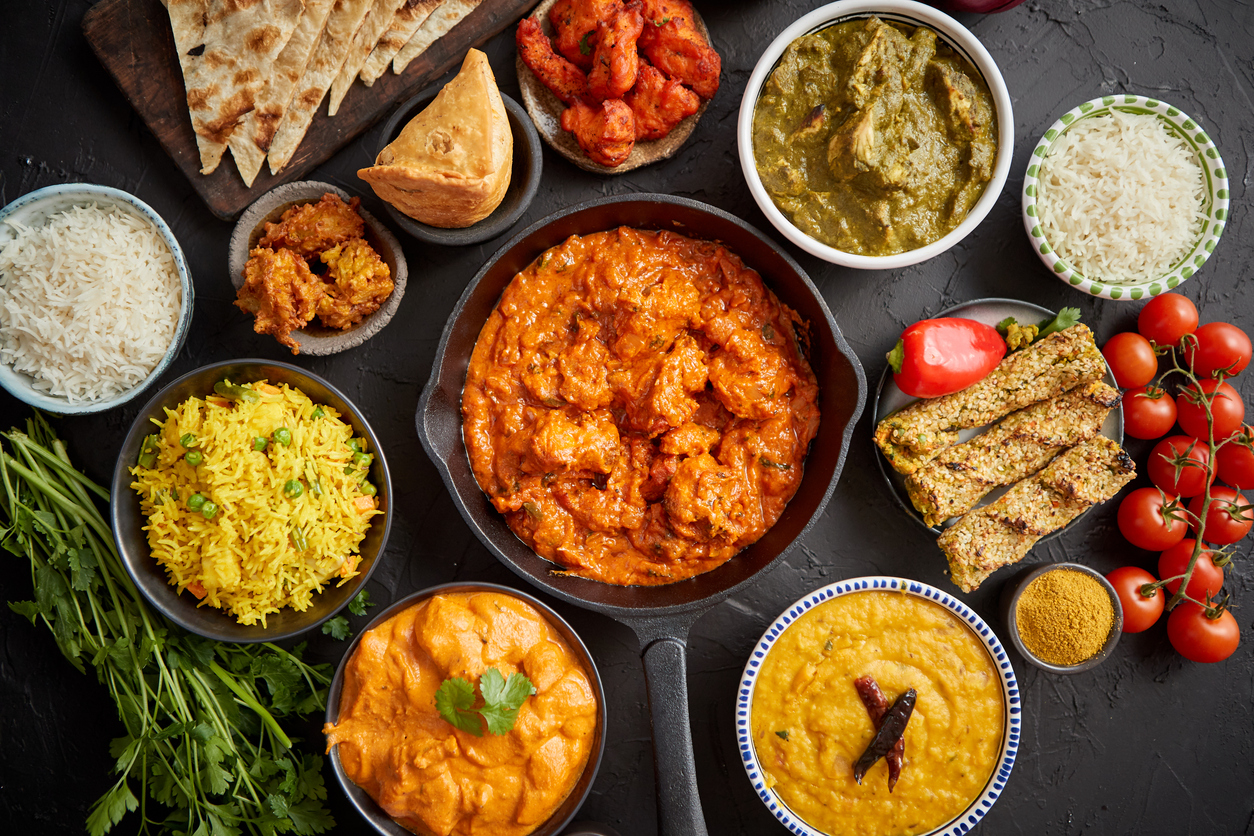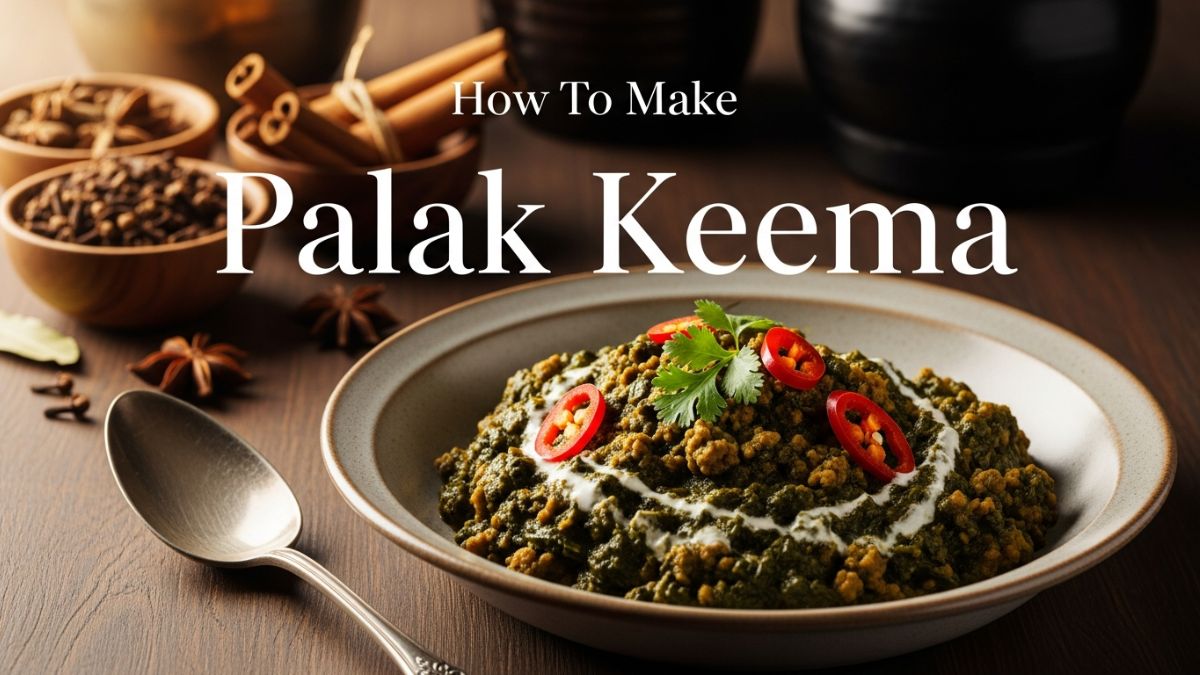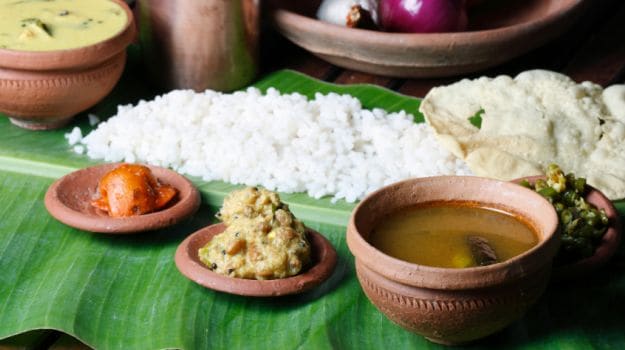South Indian cuisine has a way of drawing you in. The crackle of mustard seeds in hot oil, the earthy aroma of curry leaves sizzling in coconut oil, and the bold heat of Guntur chillies mingling with spices- all come together to create something truly captivating. The cuisine is soulful, vibrant, and full of character. Here, each region brings its own flavours and traditions, weaving together a rich and diverse culinary tapestry. From the tangy sambar of Tamil Nadu to Kerala's robust seafood curries, from Karnataka's pillowy idlis to Andhra's fiery gongura pachadi, every dish tells a story of its own.
And no, South Indian cuisine is not just about dosas and idlis. Although they will always have a special place on the plate, there is so much more to explore. Whether you are fascinated by South Indian food culture or simply a curious foodie eager to discover new flavours, this guide will walk you through the essentials of South Indian cooking. Ready to dive in? Let's get going.
Also Read: 7 South Indian Tiffin Recipes You Can Make In 15 Minutes
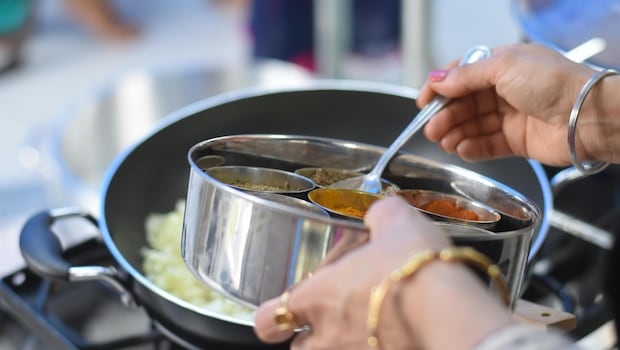
Photo Credit: Pexels
The Five South Indian States And Their Signature Styles:
South Indian cuisine is shaped by geography, climate, culture, and history. Each of the five southern states - Tamil Nadu, Kerala, Karnataka, Andhra Pradesh, and Telangana - brings its own personality to the plate. Here's what makes each one unique:
1. Tamil Nadu: Bold And Peppery
Tamil Nadu's cuisine is all about a balance of spice, tang and depth. Meals are traditionally served on banana leaves, with rice as the key element. Expect peppery rasam, tangy kuzhambu, and the iconic Chettinad spice blends that elevate both vegetarian and non-vegetarian dishes.
2. Kerala: Coconut-Laced And Coastal
Kerala's cuisine is a celebration of coconut in every form. With its lush landscapes and coastal bounty, seafood, appams, and coconut-based stews are staples. The flavours are rich, comforting, and deeply aromatic.
3. Karnataka: Mild And Earthy
Karnataka's food ranges from the hearty dishes of North Karnataka to the temple-inspired vegetarian fare of Udupi. It is known for being mildly spiced and subtly sweet, with favourites like bisi bele bath, ragi mudde, and Mysore masala dosa.
4. Andhra Pradesh: Fiery And Full of Punch
Andhra cuisine is bold and unapologetically spicy, thanks to the generous use of Guntur chillies and tamarind. From gongura pachadi to spicy chicken fry, the flavours are intense and bold.
5. Telangana: Rustic And Robust
Telangana's food is rooted in its Deccan heritage and tribal traditions. It is hearty and rustic, with a wide use of millets, pulses, and bold flavours. Hyderabadi biryani, sajja rotis, kodi pulusu, and spicy chutneys are just a few highlights.
Also Read: 10 Delicious South Indian Comfort Food Combos You Can Make At Home

Photo Credit: Pexels
Pantry Must-Haves: Stocking The South Indian Kitchen
While each region brings its own flair, certain ingredients are common across South Indian kitchens. Here's your essential starter kit:
1. Spices for the flavour foundation:
- Mustard seeds: Add a nutty, smoky depth.
- Cumin and fenugreek: Earthy and slightly bitter, ideal for tempering.
- Dried red chillies: Bring heat and colour to tadkas and chutneys.
- Hing (asafoetida): A pinch adds a savoury, umami punch.
- Turmeric and black Pepper: For warmth, colour, and subtle heat.
2. Lentils for everyday protein:
Used in everything from sambar to rasam, lentils are a staple in South Indian cuisine. Some of the most common types of dal used here are:
- Toor dal
- Urad dal
- Chana dal
- Moong dal
3. Grains for the daily meals:
- Rice: Ponni, Sona Masoori, and Kerala red rice are commonly used.
- Millets: Ragi, jowar, and bajra add nutrition and texture.
4. Coconut is the star ingredient:
- Grated coconut: For chutneys and curries.
- Coconut milk: Adds richness to stews and desserts.
- Coconut oil: Especially popular in Kerala and coastal Karnataka.
5. Tamarind adds the tangy twist:
Tamarind adds the signature sourness to dishes like sambar, rasam, and puliyodarai. Keep a block or paste handy for quick use.
6. Curry leaves are an aromatic essential:
Fresh curry leaves are a must. Tossed into hot oil, they release a fragrance that instantly elevates any dish.
Also Read: South Indian Recipes: 5 Fried South Indian Snacks That Are Perfect For Every Season
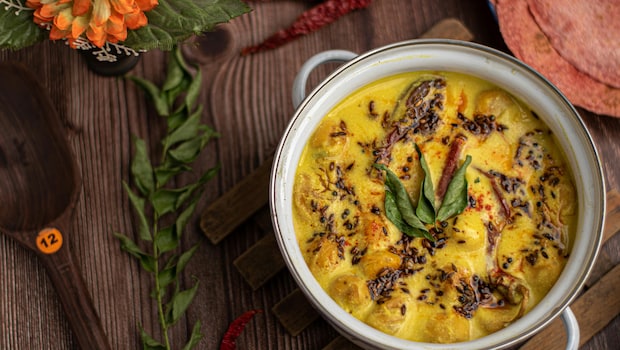
Photo Credit: Pexels
Beginner's Guide To South Indian Cooking:
1. Invest In A Good Mixer Grinder:
A reliable mixer grinder is essential. It is used for grinding chutneys, spice pastes, and dosa/idli batter. Choose one with multiple jars and variable speed settings.
Pro Tip: Clean the jars immediately after use to avoid lingering smells and stains, especially from coconut and spices.
2. Choose Fresh Curry Leaves And Coconut:
Fresh curry leaves offer a burst of aroma that dried ones can't match. Likewise, fresh coconut gives chutneys and curries a creamy, authentic taste.
3. Add Tadka Mindfully:
Tempering is the soul of South Indian cooking. Heat oil, add mustard seeds, curry leaves, and dals in the right order, and let them sizzle. This step infuses the oil with flavour and sets the tone for the dish.
4. Spice Balance Is Key:
South Indian food is all about harmony of spice, sourness, salt, and texture. Taste as you go. A pinch of jaggery can balance excess tang, while a squeeze of lime can brighten a heavy curry. Adjust every ingredient to suit your palate.
South Indian cooking is all about celebrating culture, tradition, and everyday comfort. With the right ingredients, a few essential tools, and a little practice, anyone can bring the warmth and richness of this cuisine into their kitchen. So go ahead and let the flavours of the South take over your kitchen.
About Somdatta SahaExplorer- this is what Somdatta likes to call herself. Be it in terms of food, people or places, all she craves for is to know the unknown. A simple aglio olio pasta or daal-chawal and a good movie can make her day.
